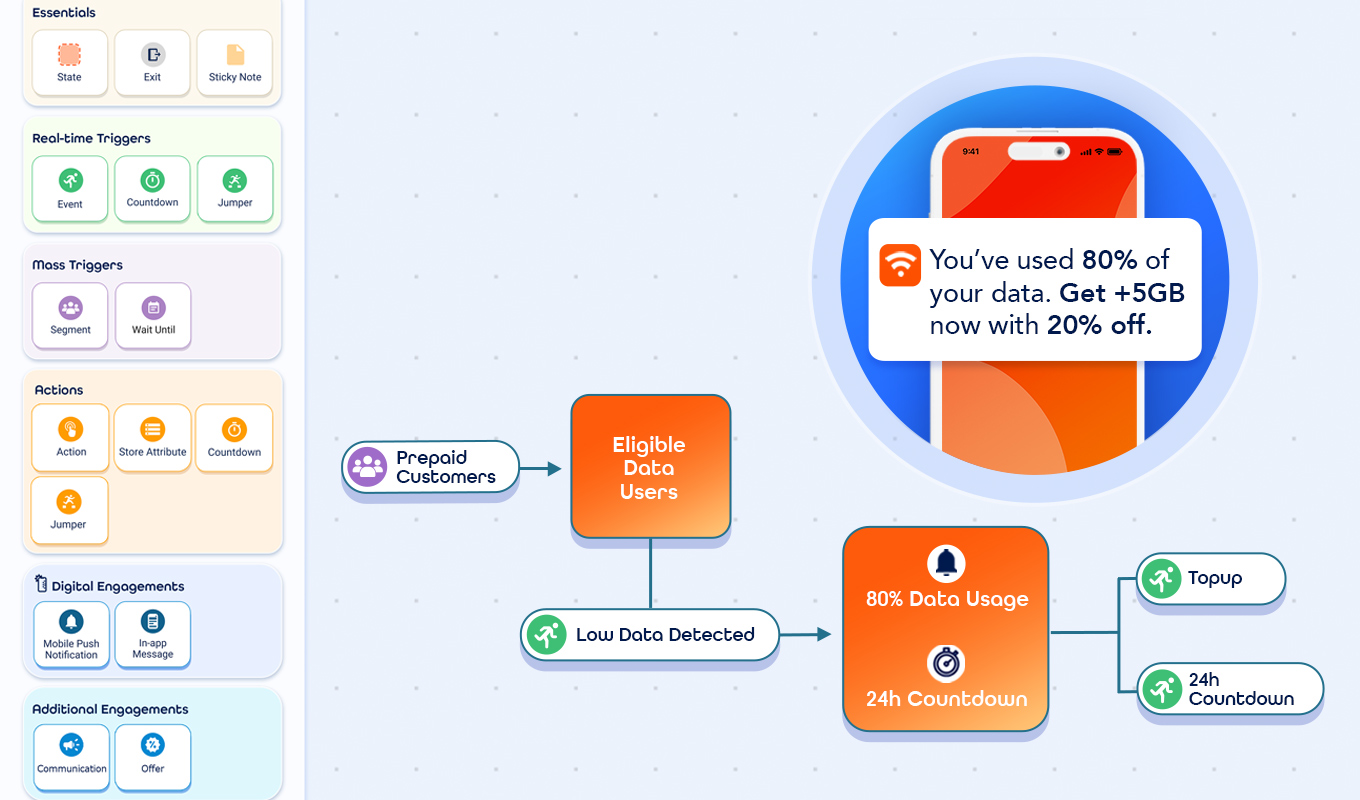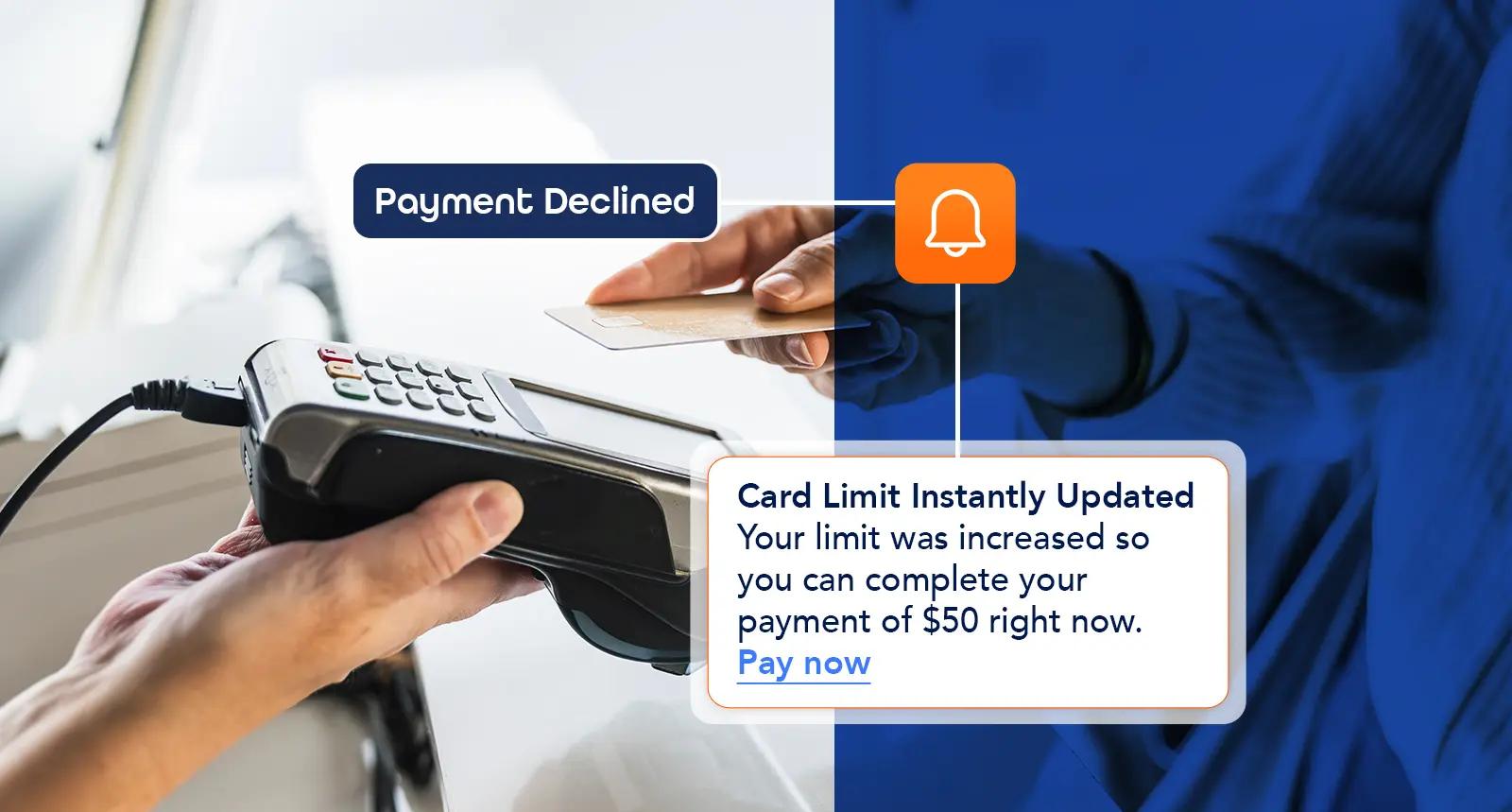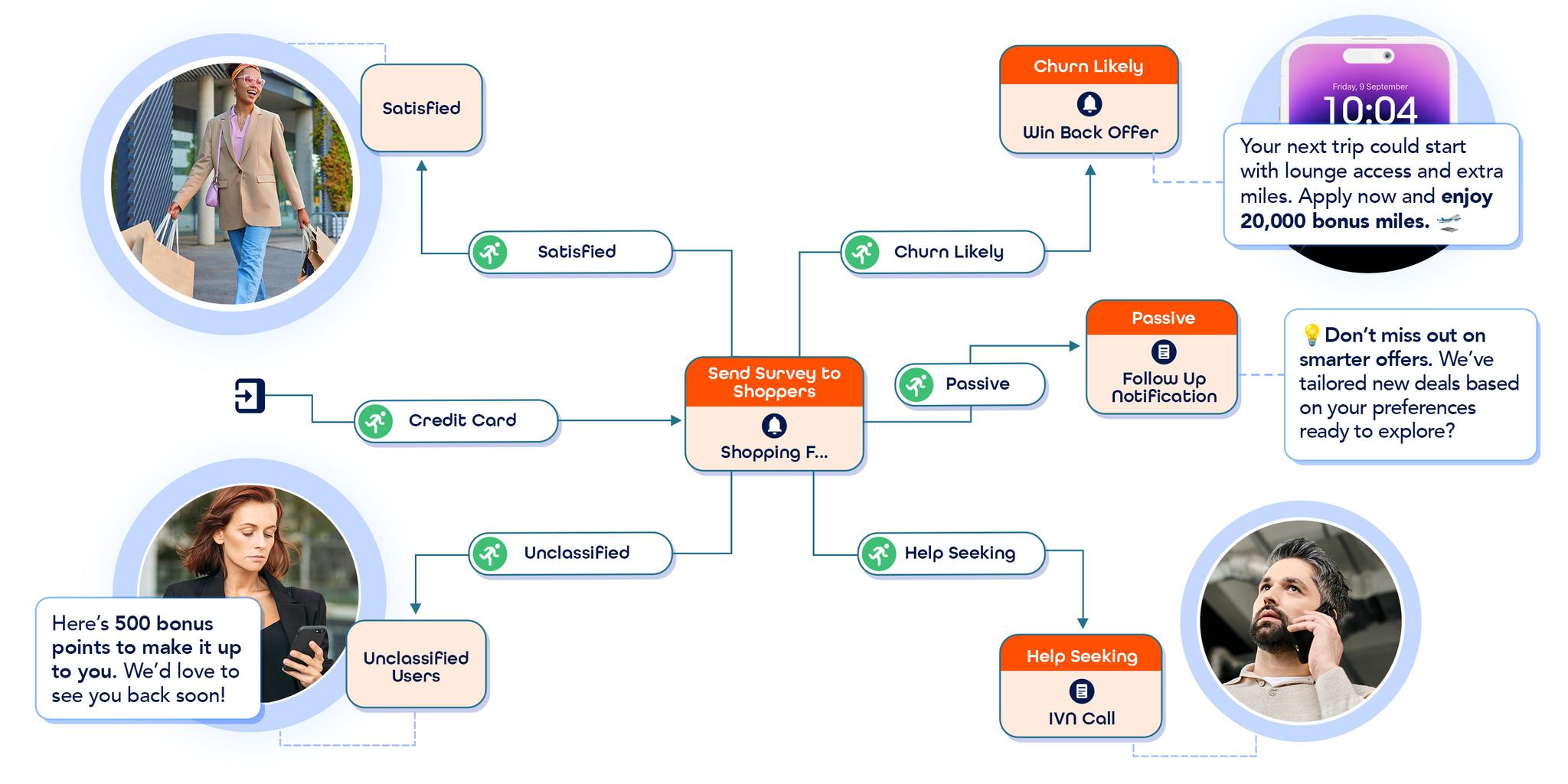- Understanding Customer Segmentation: The Foundation of Personalization
- The Evolution: From Basic to Advanced Segmentation
- Key Segmentation Types for Hyper-Personalization
- Advanced Segmentation Strategies for Hyper-Personalization
- Real-Time Segmentation and Dynamic Customer Profiles
- Predictive Segmentation: Anticipating Customer Needs
- Success Stories: Segmentation in Action
- Overcoming Common Segmentation Challenges
- The Future of Segmentation: AI and Hyper-Personalization
- Conclusion: Unlocking Hyper-Personalization
In today's competitive market, understanding your customers is no longer optional—it’s the key to survival. Customer segmentation strategies enable businesses to divide their audiences into meaningful groups and target them with precision.
But segmentation today goes far beyond age, gender, or income. By combining psychographic, behavioral, technographic, and needs-based data, marketers can create hyper-personalized experiences that drive satisfaction, loyalty, and revenue. With the help of real-time data and AI, businesses can anticipate customer needs before they arise—and respond instantly.
This guide explores advanced segmentation strategies, how they power hyper-personalization, and real-world applications where segmentation creates measurable impact.
Understanding Customer Segmentation: The Foundation of Personalization
Segmentation has always been the backbone of personalization. By grouping customers based on shared attributes whether demographics, location, or behavior brands can tailor experiences that resonate more deeply.
Effective segmentation leads to:
1. Enhanced satisfaction, as customers receive relevant messages.
2. Improved marketing efficiency, with campaigns targeted to the right audience.
3. Higher conversion rates, thanks to better alignment with customer needs.
With advanced segmentation, the goal is no longer just understanding groups. It’s about predicting individual behavior patterns and orchestrating dynamic, one-to-one engagement.
The Evolution: From Basic to Advanced Segmentation
Early segmentation was simple—buckets of customers by age, gender, or income. It worked for mass marketing, but today’s customer expects more.
Now, segmentation has evolved into a multi-dimensional, real-time process supported by analytics and AI:
Psychographic insights reveal values and lifestyles.
Behavioral patterns show purchase habits and loyalty signals.
Technographic data uncovers device and digital usage.
Predictive analytics forecasts future needs.
Platforms like evamX bring these data streams together, enabling marketing teams to continuously update customer profiles and trigger contextual, hyper-personalized interactions at scale.
Key Segmentation Types for Hyper-Personalization
Customer segmentation involves various strategies for identifying target audience groups. Understanding different segmentation types helps tailor products and marketing messages. Each type focuses on unique aspects of the customer base.
1. Demographic Segmentation
Demographic segmentation considers basic attributes like age, gender, and income. Businesses also look at education level and occupation. This strategy is straightforward and effective for initial targeting. It helps identify broad market segments quickly.
2. Geographic Segmentation
Geographic segmentation targets customers based on their physical location. Factors include region, city, or climate. This method helps businesses tailor products to fit local preferences. Seasonal marketing campaigns benefit greatly from geographic data.
3. Psychographic Segmentation
Psychographic segmentation delves into lifestyles and interests. It examines values, opinions, and personality traits. This type of segmentation offers a deeper understanding of customer motivations. By understanding these factors, marketers can create compelling personalized marketing.
4. Behavioral Segmentation
Behavioral segmentation focuses on customer actions. This involves tracking purchase patterns and product usage. It also considers brand interactions and loyalty. Insights from this segmentation provide clues into customer decision-making processes.
5. Technographic and Needs-Based Segmentation
Technographic segmentation targets how customers use technology and online platforms. It examines device usage and software preferences. Needs-based segmentation identifies what customers require from products or services. Both approaches offer nuanced insights for product development. They guide businesses in creating solutions that meet specific customer demands. By understanding technology use and customer needs, companies can achieve hyper-personalization.
Advanced Segmentation Strategies for Hyper-Personalization
Advanced strategies transform static segmentation into a living, dynamic process. Key approaches include:
1. Data-driven insights – Integrating analytics to surface hidden patterns.
2. Predictive segmentation – Forecasting future actions based on historical behavior.
3. Dynamic profiles – Updating segmentation in real time as customer data changes.
4. Multi-layered approach – Combining demographics, psychographics, and behavior for precision targeting.

👉 For example, in our Product Demo Hub
you can see how evamX enables real-time updates of customer segments. A telecom company can immediately detect churn risk and trigger personalized retention offers, while a bank can identify onboarding drop-offs and orchestrate recovery journeys automatically.
Real-Time Segmentation and Dynamic Customer Profiles
Real-time segmentation is critical for industries where customer decisions happen in seconds.
With EvamX, marketers can:
- Process billions of events daily.
- Continuously update customer profiles with live behavioral data.
- Trigger hyper-personalized actions across SMS, push, in-app, email, and web.
This agility allows businesses to anticipate customer needs instead of reacting too late.

Predictive Segmentation: Anticipating Customer Needs
Predictive models go one step further, helping brands act before the customer makes a decision.
For instance, evamX enables banks to forecast when a customer might drop out during a loan application process, or when a telecom subscriber is at risk of churn. By identifying these signals early, companies can intervene with contextual engagement that changes outcomes.
Success Stories: Segmentation in Action
Banking: At tbi bank, evamX powered segmentation-driven onboarding journeys that doubled overall conversion and lifted digital onboarding rates by 12%, while cutting communication costs.
Telecom: Moldcell used evamX’s segmentation engine to identify churn-prone segments in real time, reducing attrition and improving customer loyalty.
Retail: LC Waikiki applied behavioral and needs-based segmentation to run hyper-personalized campaigns across millions of customers, achieving measurable uplift in loyalty and revenue.
These cases prove that segmentation, when powered by the right technology, delivers tangible business results.
Overcoming Common Segmentation Challenges
Challenges like data silos, privacy compliance, and outdated static profiles often limit segmentation success.
evamX solves these by:
Integrating data sources into a unified customer view.
Supporting real-time updates for dynamic segmentation.
Ensuring compliance and governance while enabling personalization.
The Future of Segmentation: AI and Hyper-Personalization
The next frontier of segmentation is about anticipation and automation. AI and machine learning will enable deeper insights, predictive engagement, and orchestration across emerging channels like voice assistants and AR.
evamX is already helping enterprises adopt this future—delivering contextual, hyper-personalized journeys that adapt instantly as customer behavior changes.
Conclusion: Unlocking Hyper-Personalization
Advanced customer segmentation is the foundation of hyper-personalization. It allows businesses to move from broad campaigns to meaningful, one-to-one interactions.
With platforms like evamX, segmentation becomes dynamic, predictive, and actionable helping companies boost satisfaction, loyalty, and revenue.
to see real segmentation use cases from banks, telcos, and retailers, and learn how you can turn customer data into growth.








